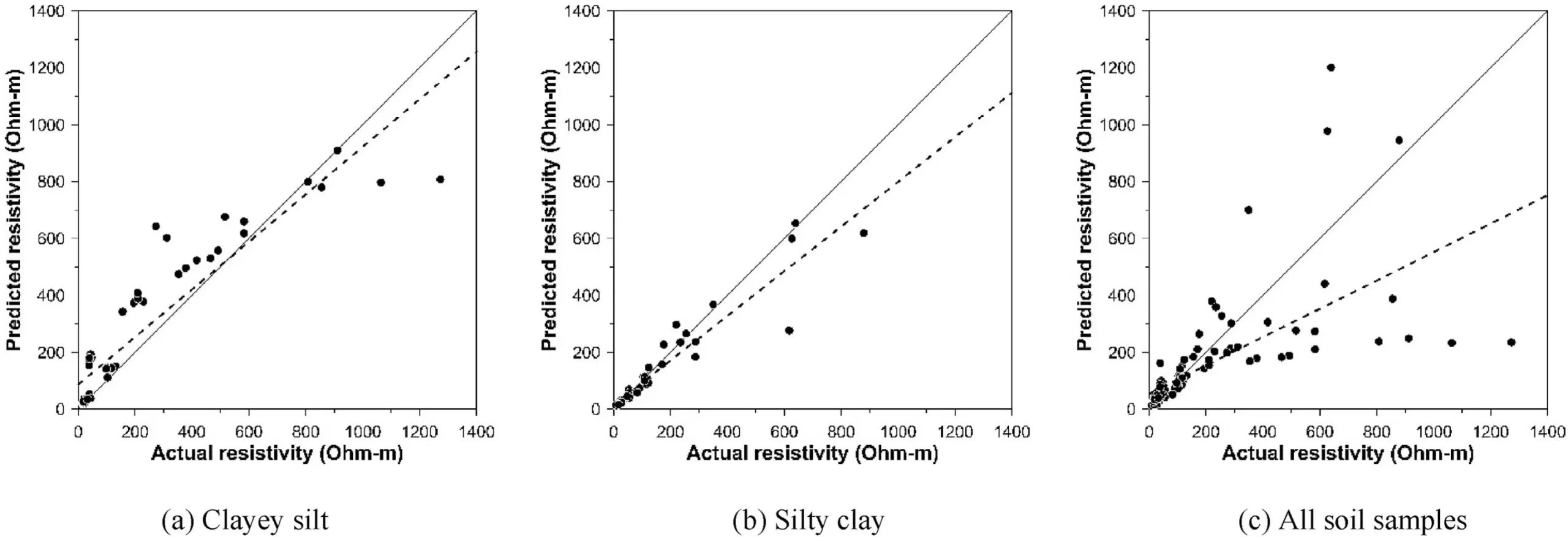Proper power grounding systems are essential for maintaining the safety and reliability of critical electrical subsystem infrastructure, such as electrical substations. These systems provide a low-resistance path for electrical fault currents to flow into the earth, thereby preventing electrical shocks, fires, and damage to vital equipment.
Soil resistivity plays a crucial role in the design of power grounding systems. It is important to carefully select sites with the lowest soil electrical resistivity for the most cost-effective and efficient grounding systems in electrical substations. This not only ensures optimal performance but also enhances safety by preventing faulty grounding systems.
Accurate determination of soil resistivity is paramount, as inaccurate values can lead to the development of faulty grounding systems. The Electricity Generating Authority of Thailand has established criteria for soil resistivity, setting a threshold of less than 80 Ohm-meters for substations. However, soil resistivity often fails to meet these requirements, underscoring the importance of robust soil resistivity assessment methods.
Led by Professor Shinya Inazumi from the College of Engineering at Shibaura Institute of Technology, a research team conducted a comprehensive investigation into the behavior and relationships between soil resistivity and geotechnical parameters in a controlled environment. The researchers aimed to develop a predictive model based on their findings to address the challenges associated with soil resistivity assessment.
The study involved measuring 30 soil samples from various locations within a power grid substation in Thailand. Three index geotechnical properties – water content, plasticity index, and dry density – were selected to correlate with soil electrical resistivity. The results revealed a clear relationship between soil resistivity and water content, highlighting the significant influence of water content on resistivity.
The researchers utilized nonlinear multiple regression analysis to study the combined effects of water content and other soil parameters on soil resistivity. The results showed strong correlations between soil electrical resistivity, water content, plasticity index, and dry density, providing a reliable predictive model for soil resistivity. However, the model’s limitation in predicting soil resistivity of cohesive soils with fine particles was acknowledged by the research team.
The study’s findings have significant implications for the design of grounding systems in electrical substations, particularly in regions with diverse soil types like Thailand. By optimizing substation grounding designs, costs can be reduced, regulatory compliance can be maintained, and the need for extensive soil testing and modifications can be minimized. The predictive models developed in the study also have broader applications beyond electrical systems, including environmental monitoring.
The study conducted by Professor Shinya Inazumi and his team contributes to the cost-effective construction of ground systems for electrical substations. By focusing on soil resistivity assessment and developing predictive models, the study paves the way for safer and more reliable power supply, which is crucial for ensuring stable economic growth.


Leave a Reply